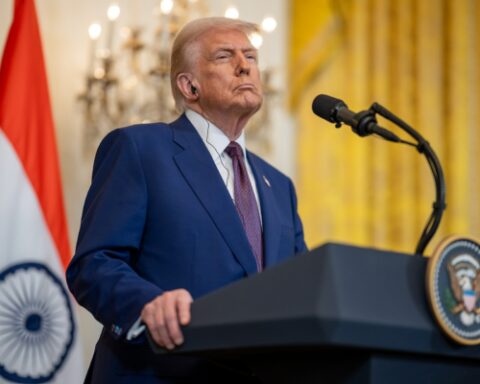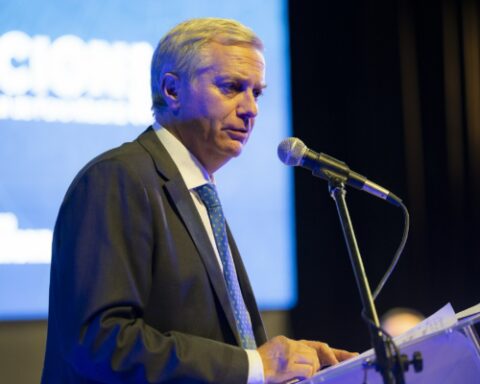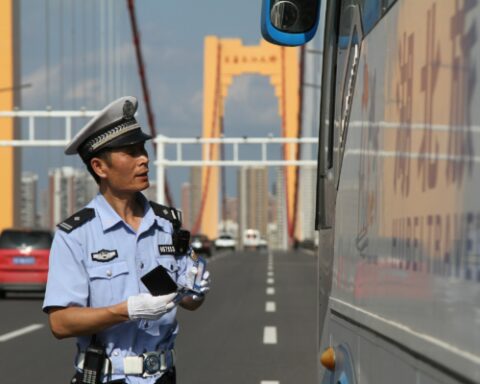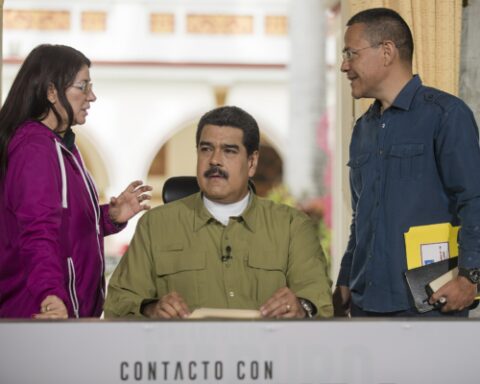The European Union is finding new ways to fund the Ukrainian war effort. More than $200 billion with of Russian funds have been frozen in the Western financial system. The plan would be to use this money to help Ukraine
Aid to Ukraine has been both to bolster its military and maintain its government salaries. Due to mass conscription, Ukraine’s economic productivity and tax revenue has plummeted, making cash payments a necessity. The Guardian says:
The EU’s foreign policy chief, Josep Borrell, has said he will propose the EU use 90% of revenue from Russian assets frozen in Europe to buy arms for Ukraine via the European Peace Facility fund. Borrell said he would propose the remaining 10% be transferred to the EU budget, to be used to boost the capacity of the Ukrainian defence industry. He would submit the proposal to EU member states on Wednesday, ahead of a summit of EU leaders on Thursday and Friday.
Russia and Ukraine both reported air attacks in border areas on Tuesday. Russia’s defence ministry said 10 projectiles were fired by Ukrainian multiple rocket launchers and one Tochka-U missile over Belgorod region at about 10pm on Tuesday, and two more missiles including a Patriot over the neighbouring Kursk region. The Belgorod regional governor, Vyacheslav Gladkov, said there was heavy shelling in the community of Kozinka, and about 9,000 children would be evacuated from the Russian border city of Belgorod and from several districts in the wider Belgorod region
While money for Ukrainian defense can help, the West as a whole has been suffering from a small arms industry. Despite large budgets, the military industrial complex has a hard time producing large numbers of cheap munitions. Politico reports:
This debate is separate to an ongoing push by the U.S. to convince the EU to use money from a wholesale confiscation of Russia’s assets frozen in the West — worth over €250 billion — rather than merely profits from their investments. European capitals have largely shied away from this idea because of legal and financial risks.
In a diluting of von der Leyen’s initial stance, the Commission will propose the cash won’t be entirely earmarked for weapons purchases that are channeled through a fund called the European Peace Facility.
Beyond funding, Europe and the United States will have to ramp up arms production. After all, money is only a medium to acquire real military hardware. With hotspots in Gaza, Ukraine, and possibly Taiwan in the near future, NATO countries have to align their stated objectives with industrial policy.
READ NEXT: Netanyahu Has This To Say About Biden








